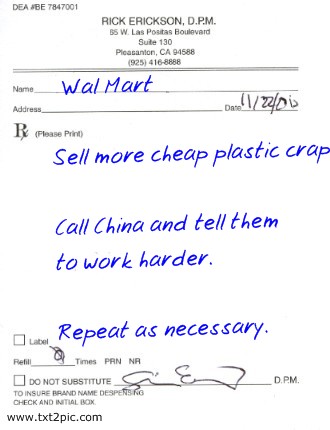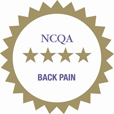
I doubt mine could. Which makes me think about Little House on the Prairie. Anyone around in the 1970s remembers idyllic Walnut Grove, where Doc Baker took care of everyone and their pets. He gave advice, dispensed medicines and sent the tough cases to Mancato (the big city). People ran into him at the general store and he promised to stop on by the next time he was out their way. To our modern ears, it sounds very quaint until you realize that this is the model of health care that we aspire to and were supposed to get with the onset of HMOs. Under that model, we were each supposed to have a PCP who would monitor our health, give us lifestyle advice and send us to a specialist if any red flags showed up. This would be the ‘gatekeeper’ (insurance term) that would be familiar enough with our health history that his or her decision would be one based on a long view of our individual health status. Unfortunately, this model was managed to death by efficiency experts until it is neither efficient or effective. The political choices we have before us continue this trend. Until we as patients demand better, the push will be for PCPs to do more with less. In a recent poll (Investors Daily) 45 % of primary care physicians will consider quitting medicine if the government takes over the health care system. That is approximately 360,000 doctors that will consider quitting practice. Clearly, doctors are as frustrated as their patients. Health care reform, to make any meaningful changes needs to redefine the role of doctor and patient. The most efficient role the doctor can play is health coach in a proactive way. That can’t be done in 5-10 minutes once a year. Or with a quick blood test. Patients that are empowered by their relationship with their doctor will make the most beneficial (and coincidentally, the most cost-effective) changes to their own health. In that climate, there will be less of a role for bean counters and government pencil pushers. Let’s not give up the idea of Doc Baker too quickly.
Dr. Michalene Elliott is a chiropractor in Rochester, NY who doesn’t want to be managed anymore.

 Have you heard about the governmental approval of a new medical
Have you heard about the governmental approval of a new medical 








